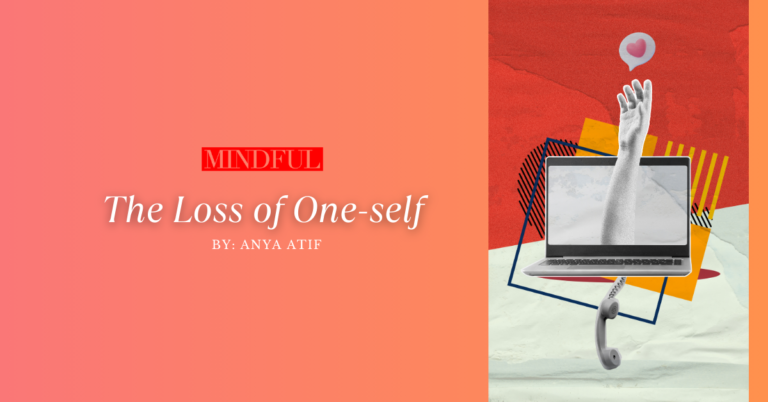Are you as unique as you think you are?
By: Anya Atif
We’ve all seen the trending aesthetics on social media. Whether it’s the ‘coquette Lana Del Rey red vinyl’ vibe or the ‘2000s Y2K silver Stargirl’ style, we each have our preferences. Maybe you lean more towards being ‘deer-pretty’ than ‘cat-pretty.’ Or perhaps the ‘eclectic grandpa’ aesthetic doesn’t quite resonate with you, while the effortless allure of the ‘clean girl’ style does.
Terms like these are often tossed around, left and right. No matter how hard we try to avoid it, we always seem to drift back into this beehive mindset of categorizing ourselves. If you step back and look at the bigger picture, you’ll notice that, over the last few decades, trends from earlier eras have resurfaced time and again. It’s almost like a rebirth, a revival—a grand phoenix rising from the ashes of archived clothing and flowery labels.
To understand the consequences we face as a society regarding such actions, we need to dig deep and uncover the underlying reasons behind this desire to stand out.
From the start, engagement has been the primary way to manipulate algorithms and boost posts. This can take many forms—being funny, telling a story, or sharing an outfit of the day.
Naturally, content creators are constantly crafting niche ideas and styles to stand out during the fleeting moments they appear on your screen before you scroll to the next post. They aim to be the diamond in the rough. However, this relentless pursuit of uniqueness can overwhelm creators, driving them to prioritize being different above all else. In turn, viewers may feel pressured to follow suit.
At the end of the day, they’re called influencers for a reason. Your attention is what pays their bills. The parasocial relationship they foster through vlogs and story times is how they put food on the table. This incessant need to be “not like other people” becomes a strategy to ensure we keep watching.
Now, let’s think about this in economic terms when it comes to consuming social media content and how these cyclical trends affect us on a larger scale. As more creators post about specific products or trends, the demand for these items skyrockets. To meet this demand and maintain market equilibrium, industries need to act quickly. Enter, two words: fast fashion.
Fast fashion comes with significant moral and ethical concerns—child labor, billionaire wealth concentration, and the environmental toll being just a few. However, the real issue lies in how quickly we cycle through trends. Remember the aesthetics and fads I mentioned earlier? How long do you think it takes to shift from one to the next?
Roughly 3 to 4 months.
In this short time frame, countless clothes, makeup products, and even furniture pieces are purchased and discarded, all in an effort to stay aligned with the “it crowd.” These fleeting purchases are made to create fifteen-second clips that quickly disappear into the digital void, buried by countless micro-influencers doing the same. The sheer volume of waste generated by this cycle is staggering, far beyond what most of us can imagine.
This brings us to the current moment—our “fallen apples” from this great tree of consumption. Where does this leave us? And at what cost?
Vulnerable teens are facing intense identity crises, torn between fitting in and standing out. Landfills are filling up with clothes worn just once, and thrift stores, once a refuge for sustainable fashion, have become outlets for fast fashion brands. The sense of community now feels like little more than a popularity contest.
With all these factors so closely connected, it’s hard to say what came first: the loss of an entire generation’s identity or the influencers driving our actions.
Breaking away from the noise is the first, yet often the hardest step to take. But remember the words from the movie “Trainspotting,” when Renton declares:
“Choose your future. Choose life.”
About the writer:
Anya is passionate about discussing current issues and exploring the reasons behind human behavior.



